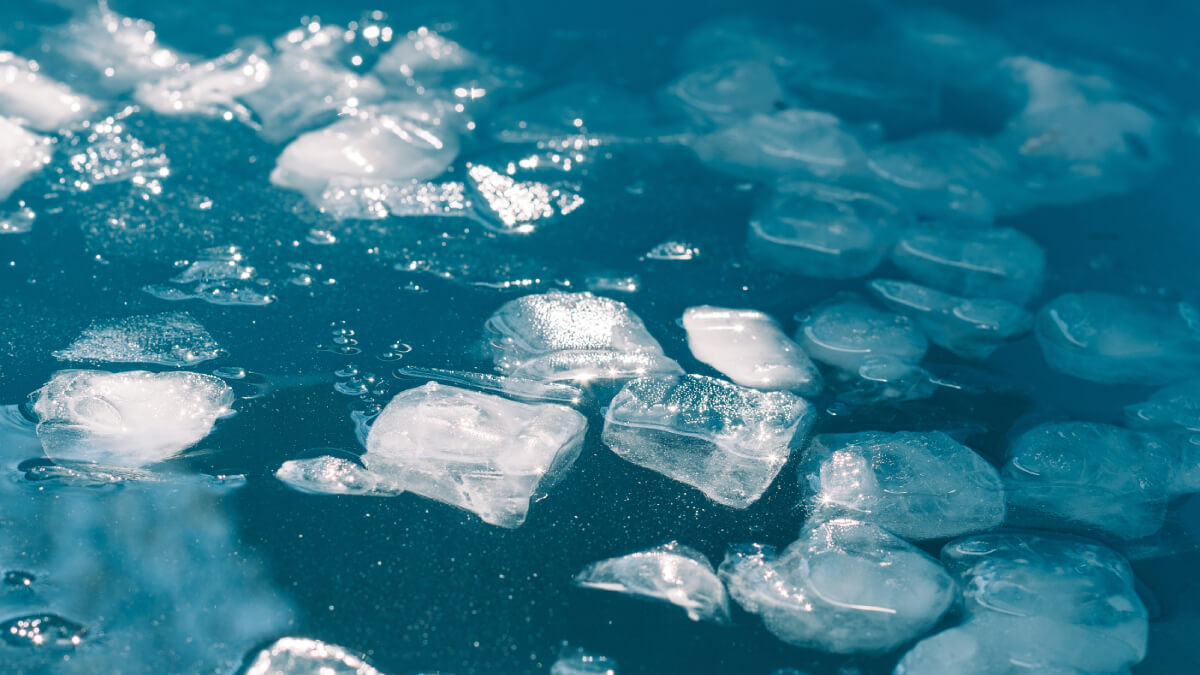For many, the thought of submerging yourself in icy water is the stuff of nightmares. However, as the hundreds of thousands who have already turned to cold plunge therapy will tell you, cold water exposure can have transformative effects on your health and well-being. From Cristiano Ronaldo to Lady Gaga, the practice has been adopted by some of the world’s biggest celebrities, and the hashtag #coldplunge has over 1.5 billion views on TikTok. Cold plunge therapy is rapidly taking the world by storm- and science suggests it’s for good reason, too. So, in this article, we’ll be walking you through the benefits of cold plunge therapy and how you can safely give it a go yourself.
Your Guide To The Benefits Of Cold Plunge Therapy
Even if just thinking about a cold plunge makes you shiver, you’ve likely experienced some of its benefits without even knowing. Whether you’ve been forced into taking a cold shower or gone for a dip in the sea, your body will have responded in a similar way to a cold plunge. After exposure to the cold water, you may have felt a sense of calm or increasingly energised. So, if you can hurdle the mental barriers that prevent you from committing to a cold plunge, you can open the door to a heightened level of these feelings.
- What Is A Cold Plunge?
- The Benefits Of Cold Plunge Therapy
- Risks Of A Cold Plunge
- Cold Plunge Temperature
- How To Cold Plunge
- How Long To Cold Plunge
- How Often Should You Cold Plunge?
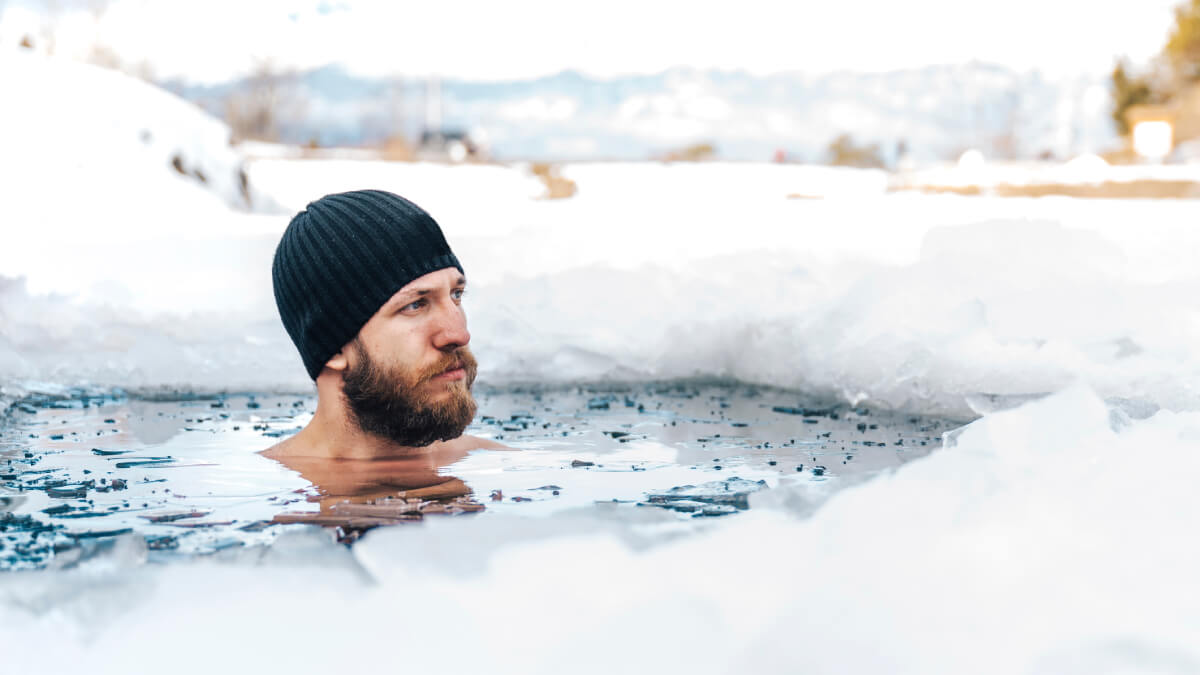
What Is A Cold Plunge?
Cold plunging, also known as ce that exposure for this cold therapy or cold-water immersion, is the act of fully submerging your body in cold water – be it in a lake, ocean, pool or even your bath at home. It’s a practice that has been around for centuries, with references to its benefits dating as far back as 3500 BC. Since then, physicians, doctors, and therapists have been studying the impact of cold-water exposure on the mind and body. One man credited with the recent boom in cold water plunging is Wim Hof, otherwise known as the ‘Ice Man’. His book, ‘The Wim Hof Method,’ outlined how beneficial exposure to the cold can be and convinced hundreds of thousands of people to adopt the practice themselves.
When you submerge your body into cold water, it goes through a number of physiological responses, such as:
- Cold Shock Response: Your body experiences a gasp reflex, rapid breathing, increased heart rate, and increased blood pressure.
- Vasoconstriction: Blood vessels in your limbs constrict to preserve heat in your core.
- Mammalian Diving Response: After the initial cold response, your breathing and blood pressure slow down to below-normal levels. This is an ancient evolutionary response that helps conserve oxygen.
- Numbness: Blood rushes away from your extremities to protect your vital organs, which can make them feel numb.
- Weakness: Less blood flow in your extremities can make it hard to control your muscles.
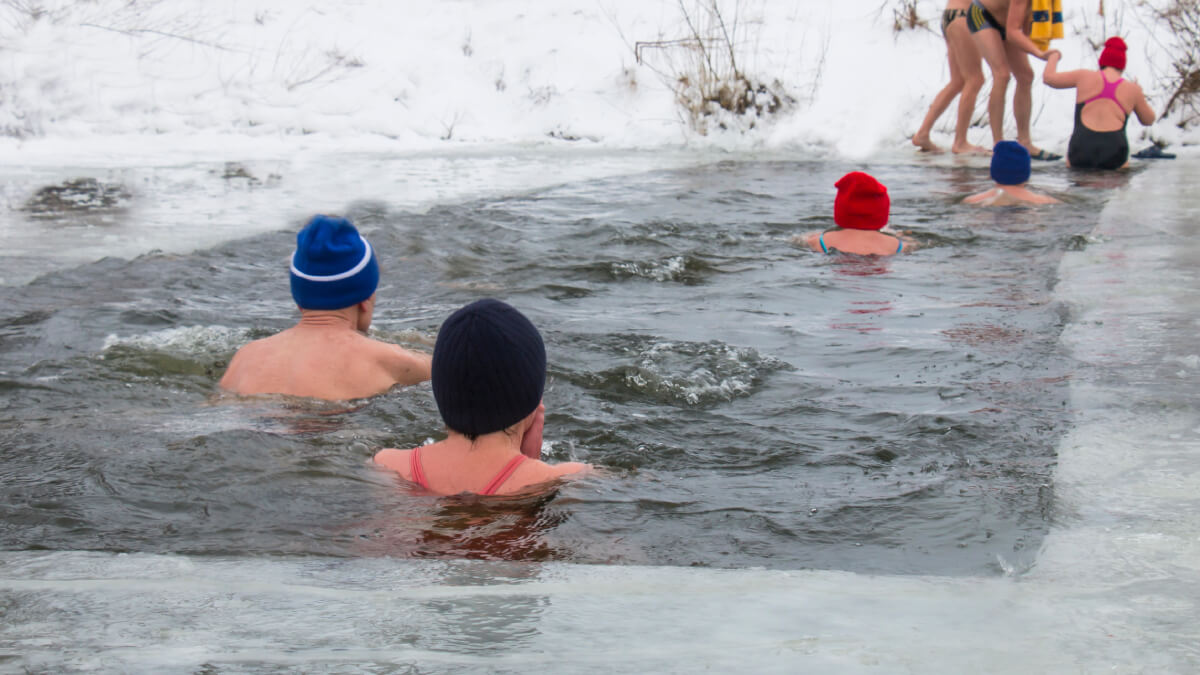
The Benefits Of Cold Plunge Therapy
Beyond the initial shock of icy water, cold plunge therapy triggers a host of physiological responses that may translate into both physical and mental benefits. For example, when you immerse yourself in cold water, your body undergoes vasoconstriction followed by a rebound vasodilation. In simpler terms, this means your blood vessels constrict and then expand. This process helps flush out waste, reduce inflammation, and ease muscle soreness. This increase in inflammation has been found to improve recovery following exercise.
Additionally, the exposure to cold can prompt a surge in endorphins and noradrenaline. These natural chemicals not only sharpen focus and increase alertness but may also lift your mood and lower stress levels, with some research reporting a noticeable reduction in stress as much as 12 hours after immersion.
Regular cold plunges may also have metabolic benefits. By activating brown fat—a type of fat that burns calories to generate heat—cold therapy could support improved metabolic health and even contribute to weight management over time.
Together, these benefits suggest that integrating cold plunge therapy into your routine might boost your recovery, enhance mental clarity, and support overall well-being. As with any health practice, start gradually and listen to your body to safely reap these potential rewards.
Risks Of A Cold Plunge
Before we walk you through how to try out cold plunging, it’s important to discuss the risks associated with this kind of therapy. Exposure to cold water can be particularly dangerous if you have a heart disease or any history of a heart condition, so if that applies to you, it’s always a good idea to talk to a doctor before giving cold plunging a go. These are some of the potential dangers that come with a cold plunge:
- Cardiovascular Stress: Sudden cold-water exposure can cause your blood pressure and heart rate to spike, which can be particularly problematic for those with heart conditions.
- Hypothermia: Extended exposure to cold water can lead to hypothermia, which can be life-threatening in severe cases. Therefore, it’s advisable to keep plunges short—within a few minutes.
- Hyperventilation: The cold water can cause your airways to tighten, which can make breathing difficult. If you have a respiratory condition, such as asthma, always consult your doctor before attempting a cold plunge.
- Muscle cramps or shock: The shock of cold water can cause disorientation, muscle cramps, or difficulty controlling movement. Therefore, it’s best to start with warmer temperatures before gradually transitioning to very cold ones.
- Drowning: The above issues increase the likelihood of drowning
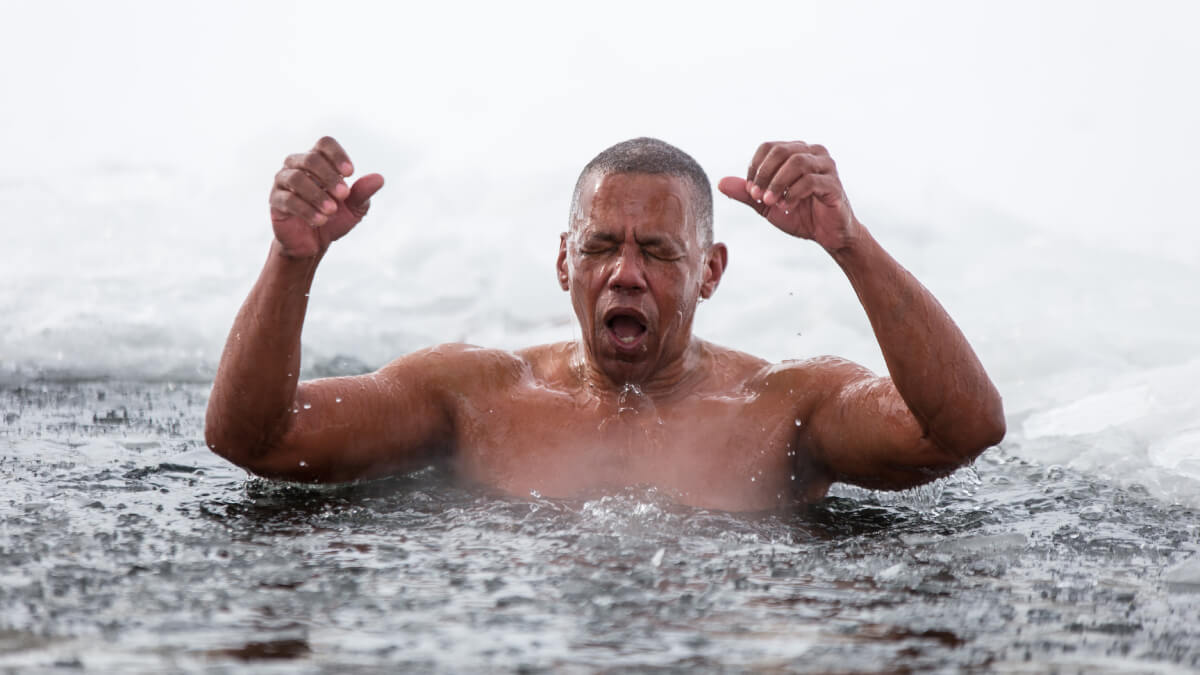
Cold Plunge Temperature
In order to maximise the benefits of your cold plunge, you’ll need to ensure water is at the optimal temperature. Research suggests that for beginners, the best results come between temperatures of 11-15 degrees Celsius. At this temperature, you’ll experience a shock to the system without the cold being too overwhelming. As you become more experienced with cold plunging, you can start experimenting with lower temperatures. Remember to listen to your body and not push yourself beyond what you feel comfortable with.
How To Cold Plunge
Before you make the plunge, you’ll need to do a few things to prepare. Firstly, figure out where you want to do it. This may be a natural body of water nearby, your bath at home, or a tub you’ve bought specifically for your cold water therapy. However you choose to do it, make sure it’s somewhere you feel comfortable so you can focus entirely on the cold water and how your body feels. Remember, wherever you choose should be between 11-15 degrees Celsius, so it might be worth investing in a floating water thermometer.
Once you’ve decided on a location, establish how long you want to stay submerged in the water. It’s ok to start low (30 seconds to 1 minute) and work your way up to more time (5-10 minutes). Don’t stay in the water for too long, as this will increase your risk of hypothermia. If you want to determine how you’re likely to respond to a cold plunge and how long you’ll likely last the first time, experiment with cold showers in the days building up to your first plunge.
Our final recommendation to help you prepare for your first plunge is to learn a few breathing techniques. They’re very useful when your body is adjusting to the cold water, and practising them beforehand will make it easier to respond to the shock.
When you’re ready, slowly enter the water with your timer within reach. Rapid exposure to cold water can shock your system and make for a more unpleasant experience, so take your time. You’ll likely experience a natural and involuntary gasp as you tense up, so focus on your breathwork. The goal is to be submerged up to your neck, but if you can only partially submerge your body at first, that’s fine. Once you’re in, start your timer.
Focus on your breath rather than how cold the water is. Slow and deep breaths will help steady your heart rate and improve circulation. When your timer goes off, slowly get out of the bath. Avoid quick movements, as your limbs are likely to be numb. Pat yourself dry with a towel and warm up naturally.
How Long To Cold Plunge
There’s no evidence to suggest that spending more time in cold water equates to more benefits. The benefits of a cold plunge come from calming the heart rate and lowering your core body temperature, so once those two things have happened, more time in the water is only effective as resiliency training.
Short Cold Plunge
Anything under 2 minutes is considered a short cold plunge. This length of time is long enough to trigger your sympathetic nervous system and release endorphins. Additionally, 2 minutes is long enough to reduce muscle inflammation and improve athletic recovery.
Moderate Cold Plunge
If you submerge yourself for 2-5 minutes, this is deemed a moderate cold plunge. In this time, your blood circulation improves, helping speed up recovery even further. Extended exposure like this also helps build mental resilience and a stronger stress response.
Long Cold Plunges
Cold water therapy lasting longer than 5 minutes is considered a long cold plunge. There’s evidence that this length of exposure can lead to a heightened metabolic rate and, in turn, increase your rate of fat loss. After 5 minutes, you should pay greater attention to how your body feels. Shivering, chest pain, lightheadedness, or changes in skin colour are all signs of hypothermia and indicators that you should get out of the water.
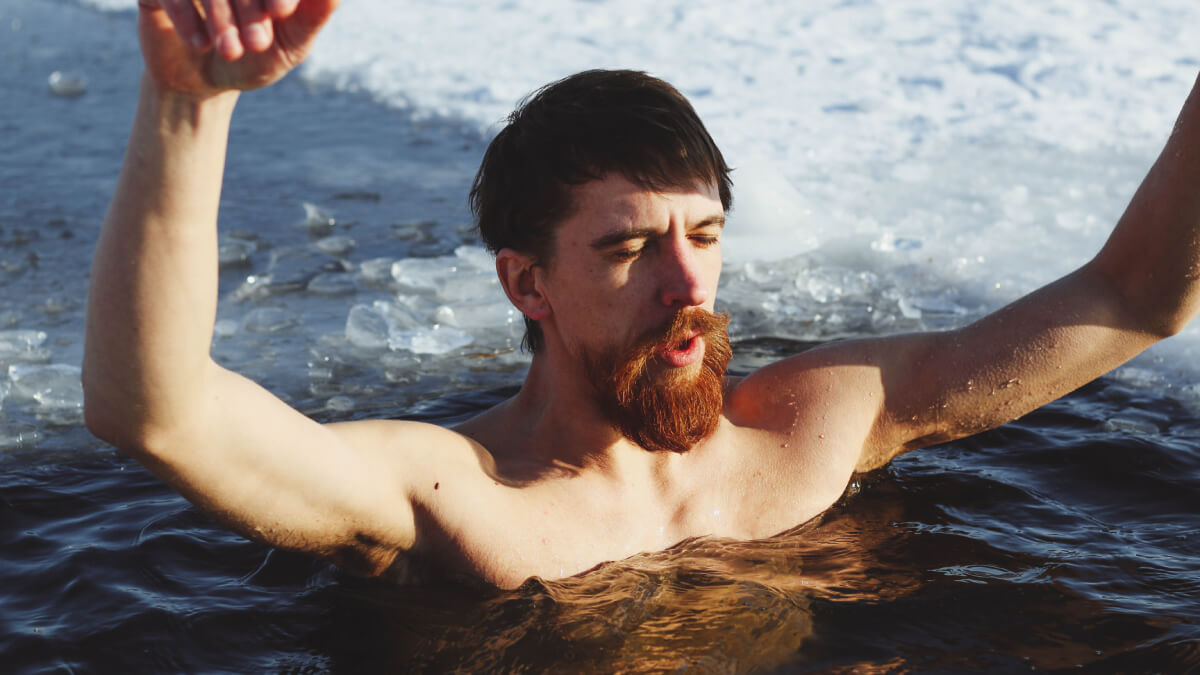
How Often Should You Cold Plunge?
The optimal frequency for using an ice bath largely depends on your fitness level, goals, injury, and recovery needs. Generally, 2 to 3 plunges a week should give you access to all of the benefits cold water therapy has to offer. It’s important to remember that excessive exposure to cold temperatures can be harmful and weaken your body’s immune response due to elevated stress levels. With that in mind, be sure to plunge sparingly at first and build your tolerance over time.
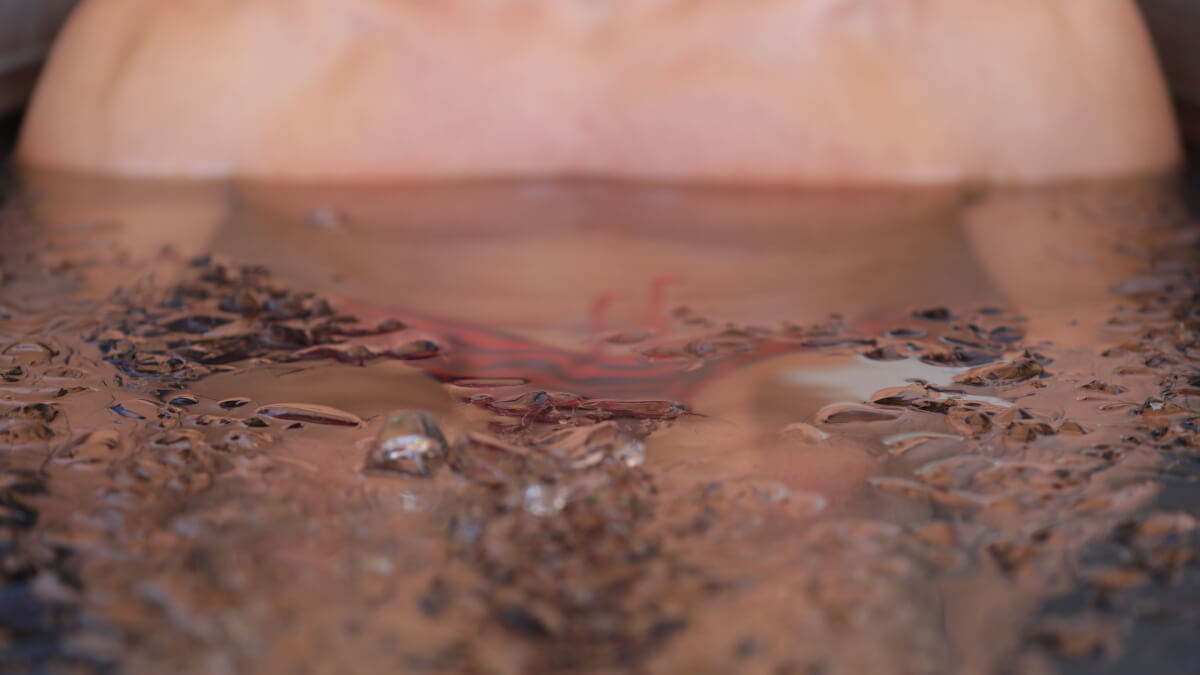
Take The Plunge!
While cold plunge therapy might be intimidating, it offers plenty of potential benefits for your health and well-being. So, if you’re interested in giving it a go, start slow, remember your breathing techniques, and build your temperature tolerance over time.
If you’re looking for more ways to improve your mental and physical health, explore the rest of the LADZ app. Check out our catalogue of informative mental health articles and our extensive network of mental health professionals for access to all the support you need.


